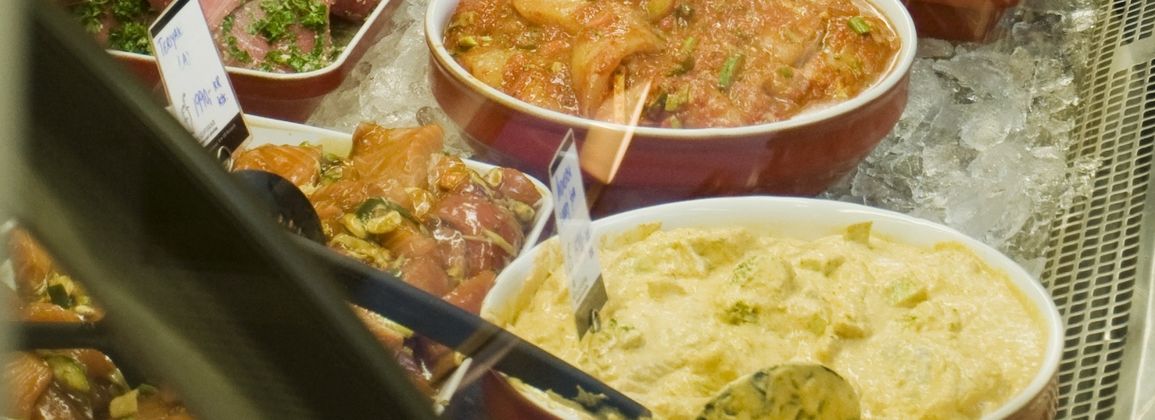Food, safety and health, is the title of a joint conference organized by Matís and Matvælastofnun (MAST), which will take place at the Hilton Nordica Hotel on 16 April. why food traceability is becoming increasingly important, what local food production entails, what are the main risks associated with foodborne illness and what the new EU food legislation means for Iceland.
AGENDA:
13:00 Einar K. Guðfinnsson, Minister of Fisheries and Agriculture, opens the conference
13:15 Sjöfn Sigurgísladóttir, CEO of Matís. - Speech
13:25 Jón Gíslason, CEO of MAST. - Speech
First part:
13:35 Alisdair Wotherspoon, Food Standards Agency (FSA), UK. Food Safety - Global trade and new challanges in Food Safety.
14:05 Franklin Georgsson, Matís. Food diseases in Iceland - development in Iceland, main dangers and comparisons with other nations.
14:20 Jón Gíslason, MAST. Implementation of comprehensive EU food legislation - translation for Iceland and food security.
14:35 Break - presentation of stalls.
Second Part:
15:05 Rúnar Gíslason, Kokkarnir ehf. - Large kitchen - security for cooking and service at large parties.
15:20 Friðrik Valur Karlsson, Friðrik V. - Origin of raw materials in restaurants.
15:35 Guðmundur Heiðar Gunnarsson, Matís. - Local food production - opportunities and threats.
15:50 Reynir Eiríksson, Norðlenska. - Importance of traceability for food safety.
16:05 Davíð Gíslason, allergist. - Food allergies and food intolerances.
16:20 Helga Gunnlaugsdóttir, Matís. - Icelandic environment and foreign matter.
16:35 Summary and conclusion of the conference.
16:45 Reception and presentation in booths:
- Booth 1 Matfugl ehf. Presentation - quality control in chicken production, especially with regard to the safety of the production. Introduction to chicken dishes.
- Base 2 MS. Presentation - internal control system in the dairy industry and the safety of dairy products. Introduction to products.
- Booth 3 Gardeners' Sales Association. Presentation - quality and safety requirements for vegetables.
- Booth 4 Matís. Rapid measurements at Matís
- Booth 5 Matís. Matís service and safety measurements
- Booth 6 Matvælastofnun. General presentation of MAST's activities










